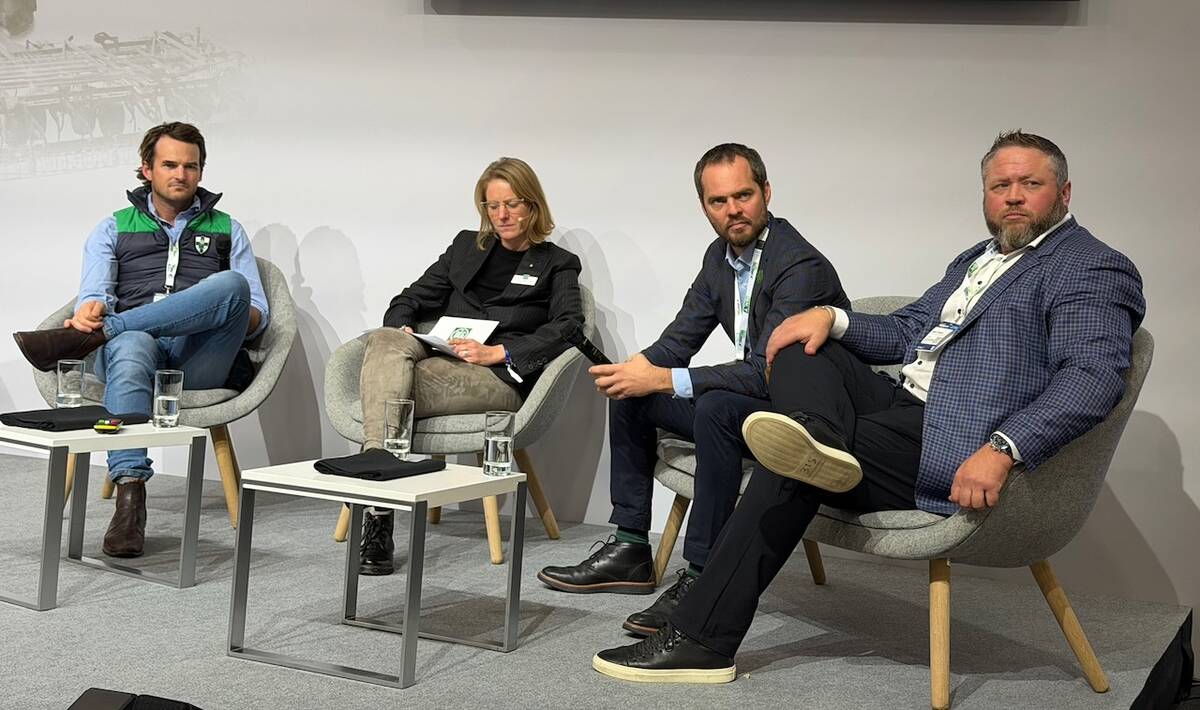LETHBRIDGE – Special crops shippers have to make up their minds whether to load their containers at source or at port, says a transportation analyst.
Having two methods of loading cubes adds to the confusion in containerized grain movement, said Mark Hemmes, president of Quorum Corp. He told shippers attending the Canadian Special Crops Association’s annual meeting that it is time to choose one method, or at least come up with a workable compromise.
His calculations show it is six percent cheaper for Saskatchewan processors to ship source-loaded product than to use port-loaded containers. The economics of source loading are also better for Alberta shippers, who experience a 26 percent savings.
Read Also

Agritechnica Day 2: The future of tractor power, building quicker crop apps and large farms and tech
Agritechnica Day 2: The future of tractor power, building quicker crop apps with Syngenta and large farms and tech
But container availability is a big problem on the Prairies and once other risks are factored into the equation, the difference between source and port loading is minimal in both provinces.
So something besides economics will have to tip the scales. Hemmes figures the industry will shift toward port loading once logistical complications are ironed out on the West Coast.
He said it is only a matter of time before one of the seven or eight stuffing facilities vying for business at the Port of Vancouver makes a significant capital investment and becomes the dominant player at the port, which should resolve some container congestion.
“That’s perhaps what is going to upset the apple cart,” said Hemmes.
But Murad Al-Katib, chair of the CSCA’s transportation committee, said the whims of industry won’t dictate where containers are loaded.
“The market and the world is deciding for us,” he said.
Customers in Europe and other regions of the world are placing a premium on traceability, food safety and bioterrorism measures.
“These (demands) are requiring containers to be loaded at origin, sealed with a tamper-proof bullet seal and shipped directly to customers.”















